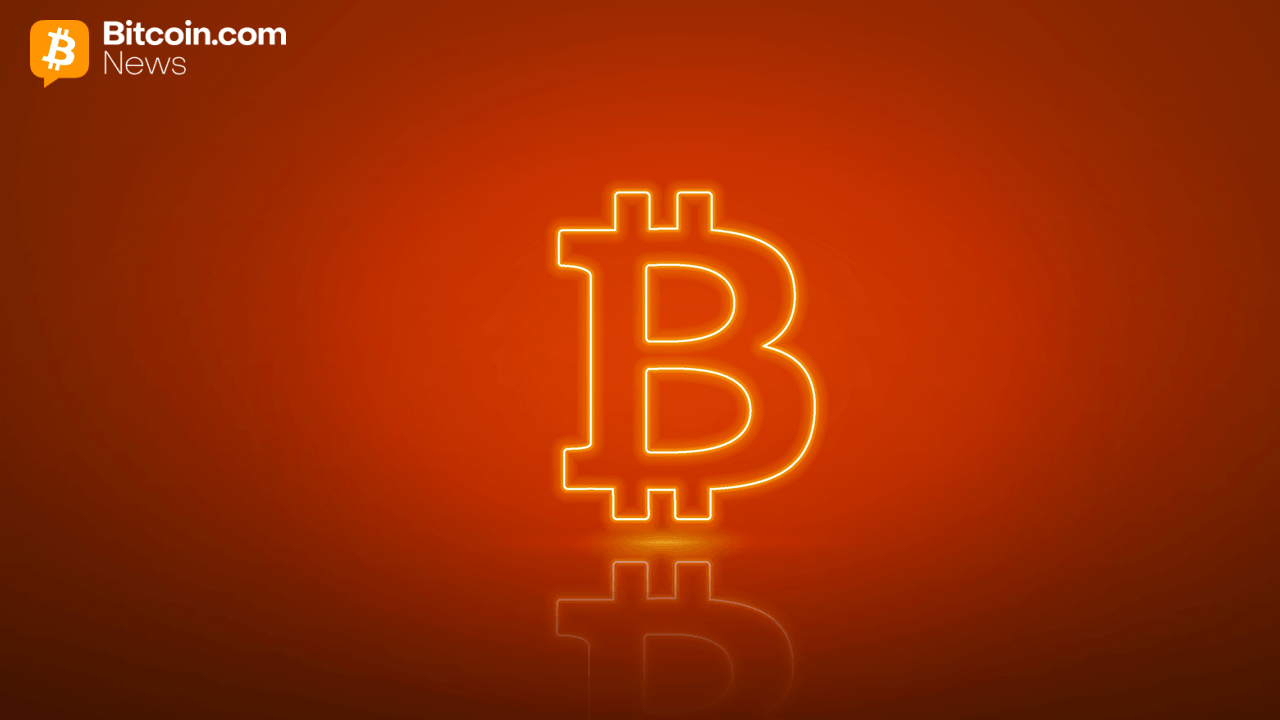Western Union will distribute a Solana-based stablecoin to its 100 million-plus customers starting in the first half of 2026, pairing Anchorage Digital Bank’s federally regulated issuance with a global on/off-ramp network that converts crypto wallet balances to local cash.
Announced on Oct. 28, this model challenges the neutral-infrastructure strategies deployed by Visa and Stripe.
The US Dollar Payment Token represents a test of whether vertical integration can bring blockchain remittances to mass adoption, where crypto-native protocols have struggled to gain retail traction.
Solana processes USDC transfers at sub-cent costs and settles in seconds, yet most cross-border senders still route payments through traditional money transfer operators or correspondent banking networks.
Western Union’s plan embeds Solana rails inside a branded product with physical distribution, betting that control over issuance, compliance, and cash access will overcome the adoption barriers that have kept stablecoin remittances confined to crypto users.
End-to-end settlement versus neutral rails
Visa and Stripe built stablecoin infrastructure as open platforms that enable third parties to issue tokens and transact across multi-chain networks.
Visa integrated USDC settlement on Ethereum in 2021, then expanded to Solana in 2023, allowing merchant acquirers, including Worldpay and Nuvei, to settle with Visa in stablecoin.
The company added support for PYUSD, Paxos’ USDG, Circle’s euro stablecoin, and the Stellar and Avalanche networks in July 2025, positioning its platform as a settlement layer beneath card transactions that does not issue proprietary tokens.
Visa also operates VTAP, an API-driven stack that lets regulated banks mint and manage fiat-backed tokens.
Stripe re-enabled crypto payments in 2024, processing USDC on Ethereum, Solana, and Polygon, and auto-settling to merchants’ Stripe balances.
The company acquired Bridge in 2025 and launched Open Issuance, a white-label service that allows businesses to issue compliant stablecoins with reserve management and liquidity orchestration handled by partners.
Bridge filed for a US trust bank charter to embed regulatory compliance into the platform, mirroring Anchorage Digital Bank’s role in Western Union’s plan but serving developers and merchants rather than remittance customers.
Western Union’s approach consolidates issuance, distribution, and cash conversion under a single brand.
USDPT will run on Solana, with Anchorage Digital Bank as issuer and custodian, and will be distributed through partner exchanges and Western Union’s Digital Asset Network.
The network connects crypto wallets to Western Union’s agency locations across more than 200 countries and territories, letting customers send USDPT from a wallet and pick up cash in local currency at a retail agent.
Western Union will also accept other digital assets through the network, positioning the infrastructure as a last-mile solution for any crypto holder who needs fiat access.
The economics of that vertical model differ from neutral infrastructure. Visa and Stripe earn fees on transaction flow but do not capture the float on stablecoin reserves or control the end-user relationship.
Western Union will earn on USDPT issuance, transaction fees, foreign-exchange spreads, and agent commissions, stacking revenue across the payment chain.
The company’s existing customer base provides distribution, but converting users who already transact in fiat to a stablecoin-first flow requires education, trust, and incentives that traditional remittance pricing may not offer.
Can Solana remittances go mainstream?
Western Union selected Solana for USDPT based on throughput and cost. Solana processes transactions in under a second with fees measured in fractions of a cent, making micro-remittances economically viable where Ethereum’s variable gas costs create friction.
Anchorage Digital Bank’s involvement addresses custody and reserve management, providing federally regulated infrastructure that meets US compliance standards and enables Western Union to market USDPT as a bank-issued product.
The choice of Solana over multi-chain support distinguishes Western Union’s strategy from Visa and Stripe, which treat chain selection as a configuration option rather than a strategic commitment.
Visa supports Ethereum, Solana, Stellar, and Avalanche; Stripe supports Ethereum, Solana, and Polygon.
Western Union’s single-chain launch simplifies technical integration. Still, it locks the company into Solana’s ecosystem, creating dependency on network performance and limiting interoperability with stablecoins on other chains unless Western Union later bridges USDPT or adds support for competitor tokens.
The Digital Asset Network aims to solve the problem that crypto-native protocols have not solved: converting blockchain balances into spendable cash in jurisdictions where card infrastructure is sparse and bank accounts are uncommon.
Western Union operates more than 600,000 agent locations, many in markets where digital payments remain secondary to cash.
The network will let wallet users, including non-Western Union customers, access that footprint, converting USDPT or other digital assets to local currency with Western Union’s compliance stack managing KYC and AML requirements.
Adoption barriers and competitive pressure
Western Union faces execution risk on multiple fronts. The company must integrate wallet partners, educate customers on stablecoin usage, maintain regulatory compliance across jurisdictions with divergent crypto rules, and compete on price with both traditional money-transfer operators and crypto-native services.
USDC transfers on Solana already undercut Western Union’s pricing in corridors where both sender and receiver hold crypto wallets. Still, adoption has concentrated among crypto users rather than mainstream remittance customers.
Visa and Stripe avoid adoption friction by embedding stablecoins into existing user interfaces.
Visa processes stablecoin settlement invisibly within card transactions; Stripe lets merchants accept stablecoins and receive fiat in their Stripe balance without interacting with wallets or chains.
Western Union’s model requires customers to hold USDPT in a wallet, then initiate a transaction to the Digital Asset Network for cash pickup, adding steps relative to Western Union’s current mobile app, which handles fiat-to-fiat transfers without blockchain exposure.
The company bets that lower cost and faster settlement will offset that complexity, particularly in high-volume corridors where pricing sensitivity drives customer behavior.
Competitive pressure also comes from other remittance providers exploring stablecoin integration.
MoneyGram partnered with Stellar in 2021 to enable USDC cash-in and cash-out at retail locations, though the program has not scaled to match MoneyGram’s core business.
Smaller fintech operators, including Veem and Pangea Money Transfer, support stablecoin payments, positioning them as alternatives to traditional wire services.
Western Union’s scale provides an advantage, but success depends on execution rather than distribution alone.
Western Union’s partnership with Anchorage ensures USDPT meets US banking standards. Still, the company must also navigate international regulations as it rolls out the Digital Asset Network across jurisdictions with varying stablecoin rules.
The European Union’s Markets in Crypto-Assets regulation imposes reserve and transparency requirements. Jurisdictions, including India and China, restrict or ban the use of stablecoins.
Western Union’s compliance expertise in traditional remittances provides a foundation, but extending that to on-chain operations introduces new legal and operational complexity.
The success of USDPT will test whether branded, vertically integrated stablecoin infrastructure can drive mainstream adoption where open protocols have not.
The outcome depends on whether Western Union’s 100 million customers will adopt on-chain payments and whether the Digital Asset Network can deliver the reliability and cost savings necessary to compete with both traditional operators and crypto-native services.


























